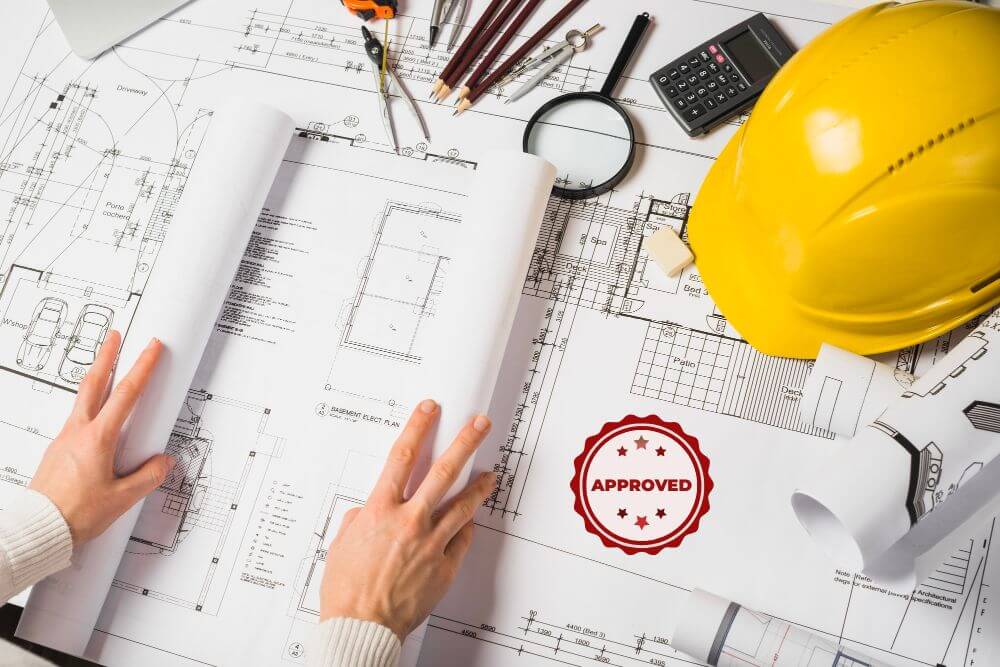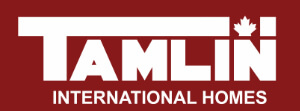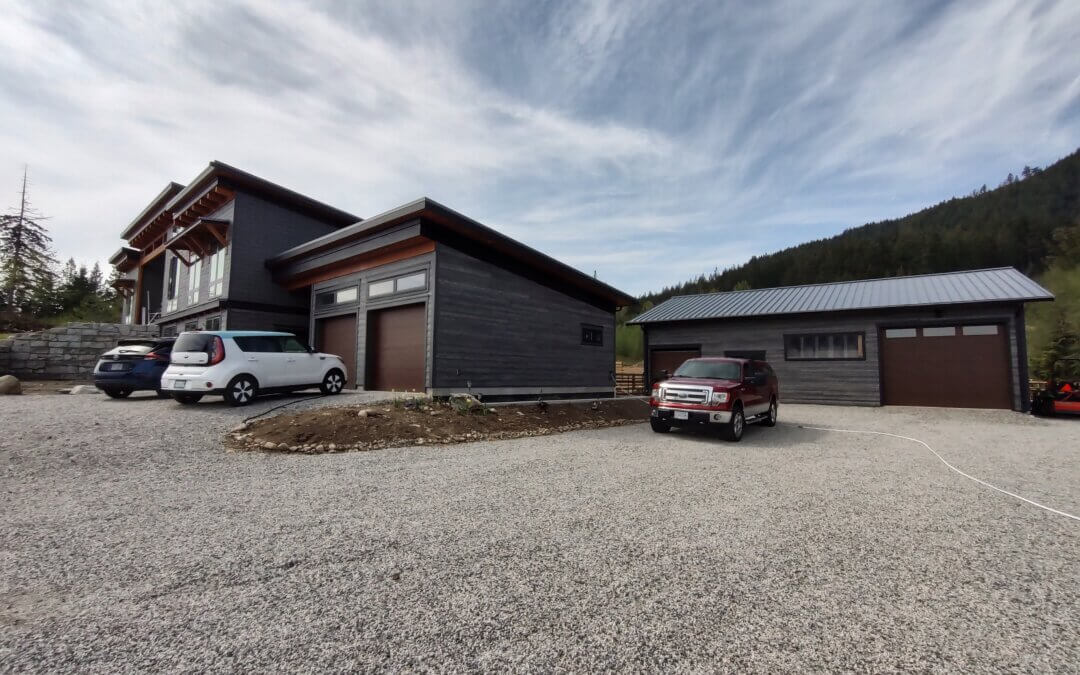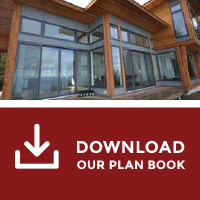A noteworthy trend in remote building locations is the increasing adoption of stricter construction guidelines. Sometimes this is due to energy code revisions, structural requirements (seismic zoning), development changes, or local adoption of tighter environmental or sustainable building practices. These evolving requirements invariably translate into heightened specifications for construction materials and techniques, often accompanied by additional layers of bureaucratic documentation and testing prerequisites. Consequently, these changes tend to result in approval delays and increased construction costs.
It is especially noteworthy that as wildfires continue to surge in North America, it becomes imperative to recognize the growing enforcement of Wildfire Urban Interface (WUI) codes by various jurisdictions. These codes impose a critical requirement: the utilization of non-flammable exterior finishing materials, particularly in regions situated far from urban fire departments. By diligently adhering to these codes, you not only enhance safety measures but also ensure that your project seamlessly aligns with the continually advancing environmental and safety standards.

Regardless of the rationale behind these changes, it’s prudent to proactively assess your situation well in advance. For instance, if you’re planning a construction project in 2024, it is essential to recognize that local municipalities often establish deadlines for implementing new practices. This can significantly affect your ability to submit building permit applications in a timely manner. Planning well ahead and asking key questions about adoption of new codes may drastically change your schedule but for the better.
Tamlin is dedicated to collaborating with you to streamline complex documentation procedures, accelerate permit authorizations, and ensure strict compliance with constantly evolving codes, all while meeting critical deadlines.




